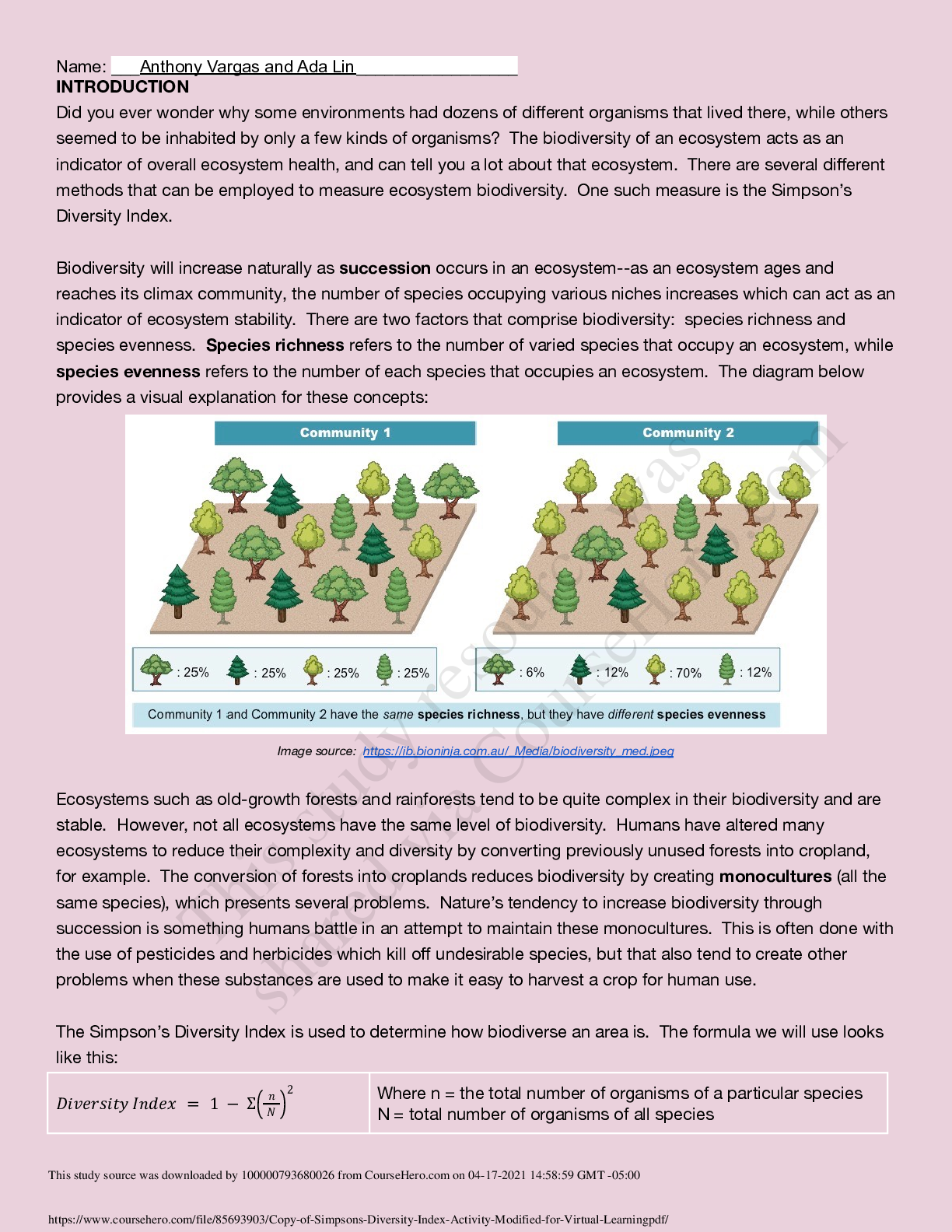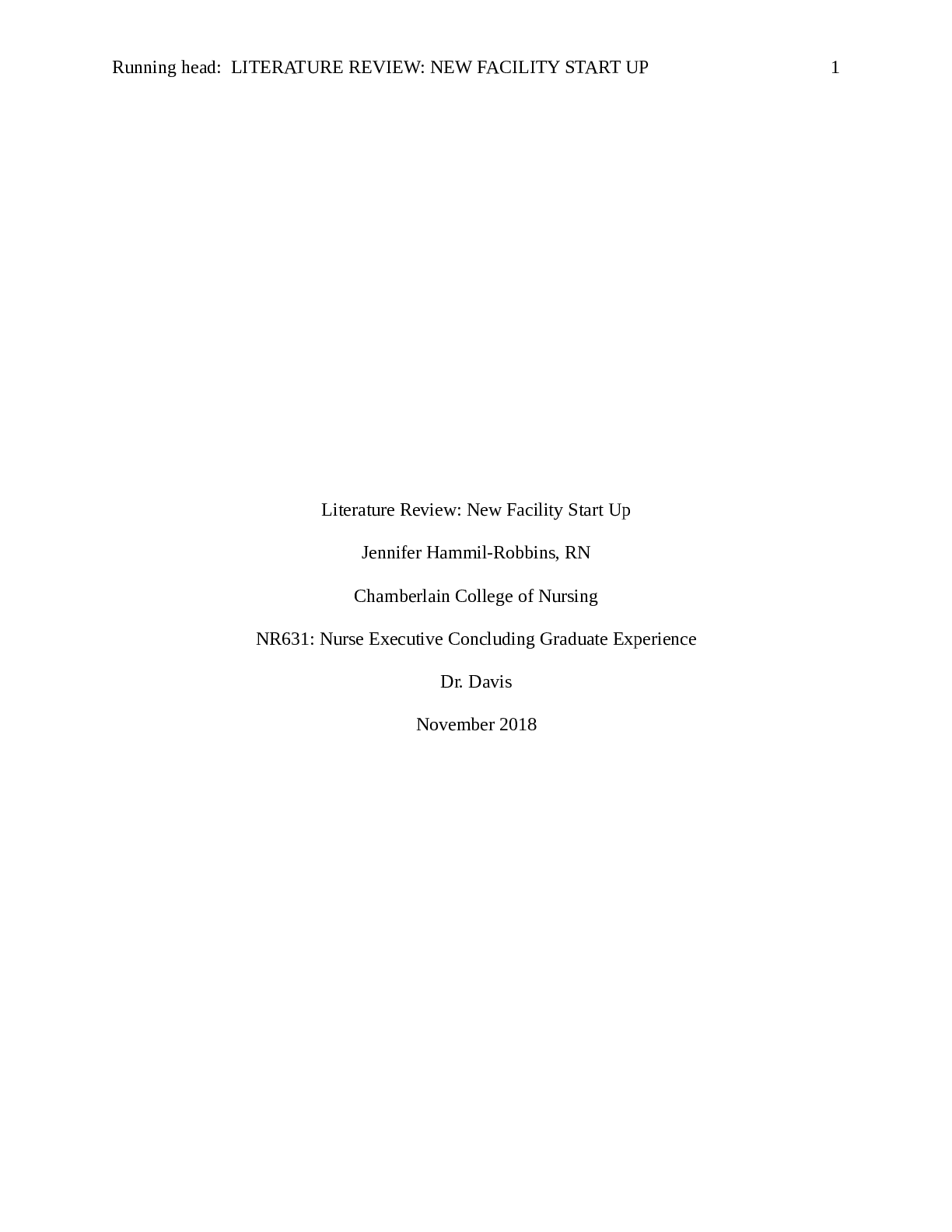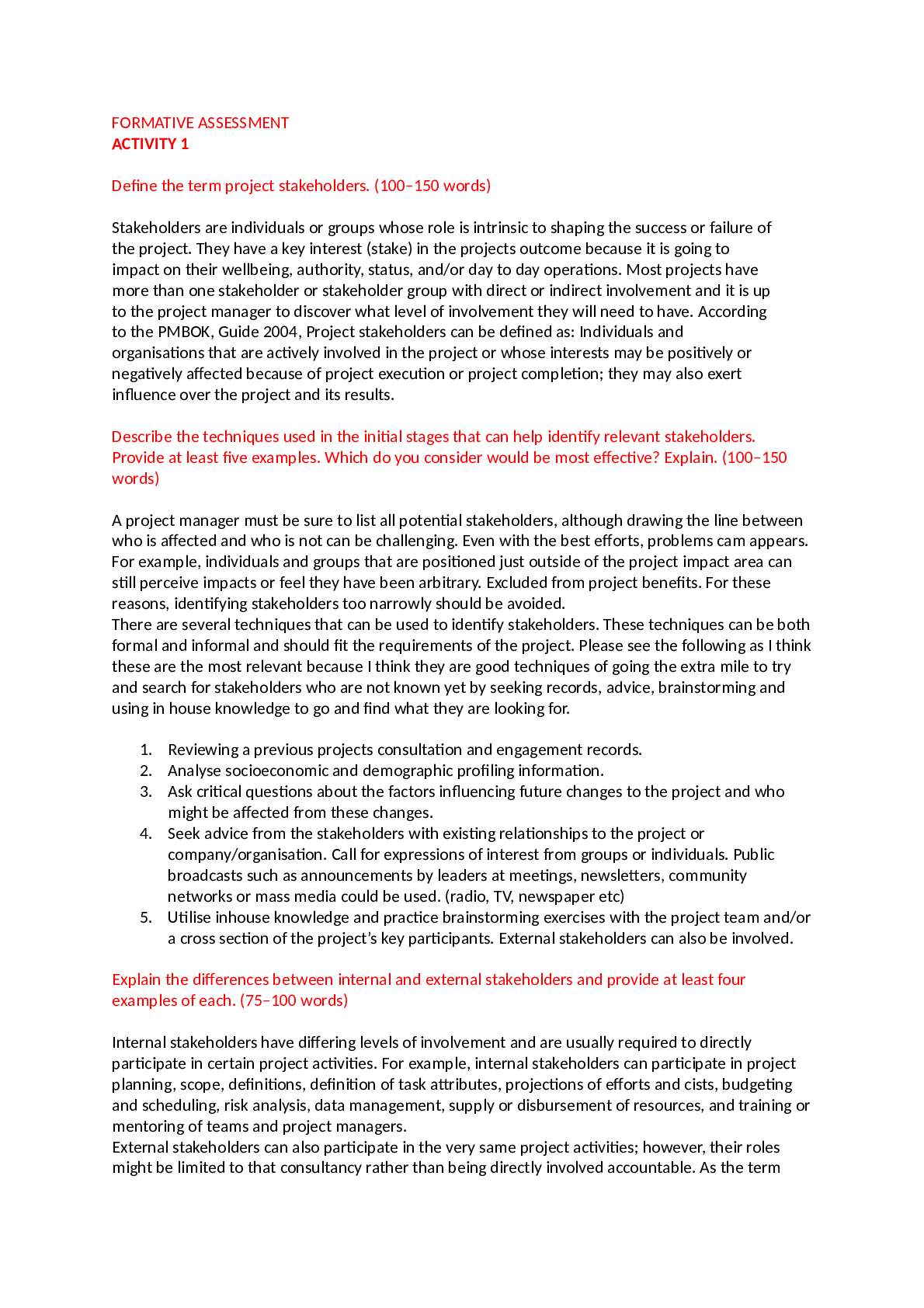Civil Engineering > Report > University of British Columbia, Okanagan ENGR 315 haha520 (All)
University of British Columbia, Okanagan ENGR 315 haha520
Document Content and Description Below
From: XYZ Consulting Inc. Engineering Team A1 Subject: Project 315-3: Powerhouse Design To: Max Flowe – NEARCreek Industries Ltd. Purpose of Report NEARCreek Industries Ltd. has accepted the con... tract to design a powerhouse in Seeville, British Columbia. As requested by Mr. Flowe, we completed a study on a scale model of the project, in order to compare the results of the model to the theoretical results. This will help NEARCreek to determine if the experimental validation is necessary for each design or if the theoretical calculations can be used. This report summarizes our results from the two experiments we conducted: Jet Impact data in the context of momentum flux, and the performance of the Pelton turbine. Summary of Results Our results from the Jet Impact test show that the pressure head, velocity head, input power, jet power, and frictional losses change as the flow rate is changed. As we increased the flow rate, the pressure head and velocity head decreased. However, the impact force, the input power and the jet output power increased. Friction losses are insignificant in this system since the results show that efficiency of the system is very high. We redefined our equation for the theoretical force to include Theta, the angle at which the water hits the plate. We then used this equation to calculate the theoretical force, and compare it to the actual measured force. Our results were within 1N for most of the tested flow rates, with the exception of the lowest flow rate value as explained in the report. To account for deviations between the theoretical and calculated results, we recommend an 0.8 safety factors when using theoretical values as the design parameters. The second test we performed was the Pelton Wheel Turbine and its performance under different situations. We concluded that as torque decreases, turbine’s speed increases and output power decreases. The best efficiency point can be found according to our results at 620 RPM. In addition, the transfer and conversion of energy and mechanisms to reduce loss and increase efficiency are also discussed in the report. Attached are our testing procedures, equipment used, and our results in more details. The last part of the analysis is our prediction of turbine sizing and output power of the Seeville Project. [Show More]
Last updated: 2 years ago
Preview 1 out of 13 pages
.png)
Buy this document to get the full access instantly
Instant Download Access after purchase
Buy NowInstant download
We Accept:

Reviews( 0 )
$7.00
Can't find what you want? Try our AI powered Search
Document information
Connected school, study & course
About the document
Uploaded On
Nov 13, 2022
Number of pages
13
Written in
Additional information
This document has been written for:
Uploaded
Nov 13, 2022
Downloads
0
Views
90

.png)


.png)







